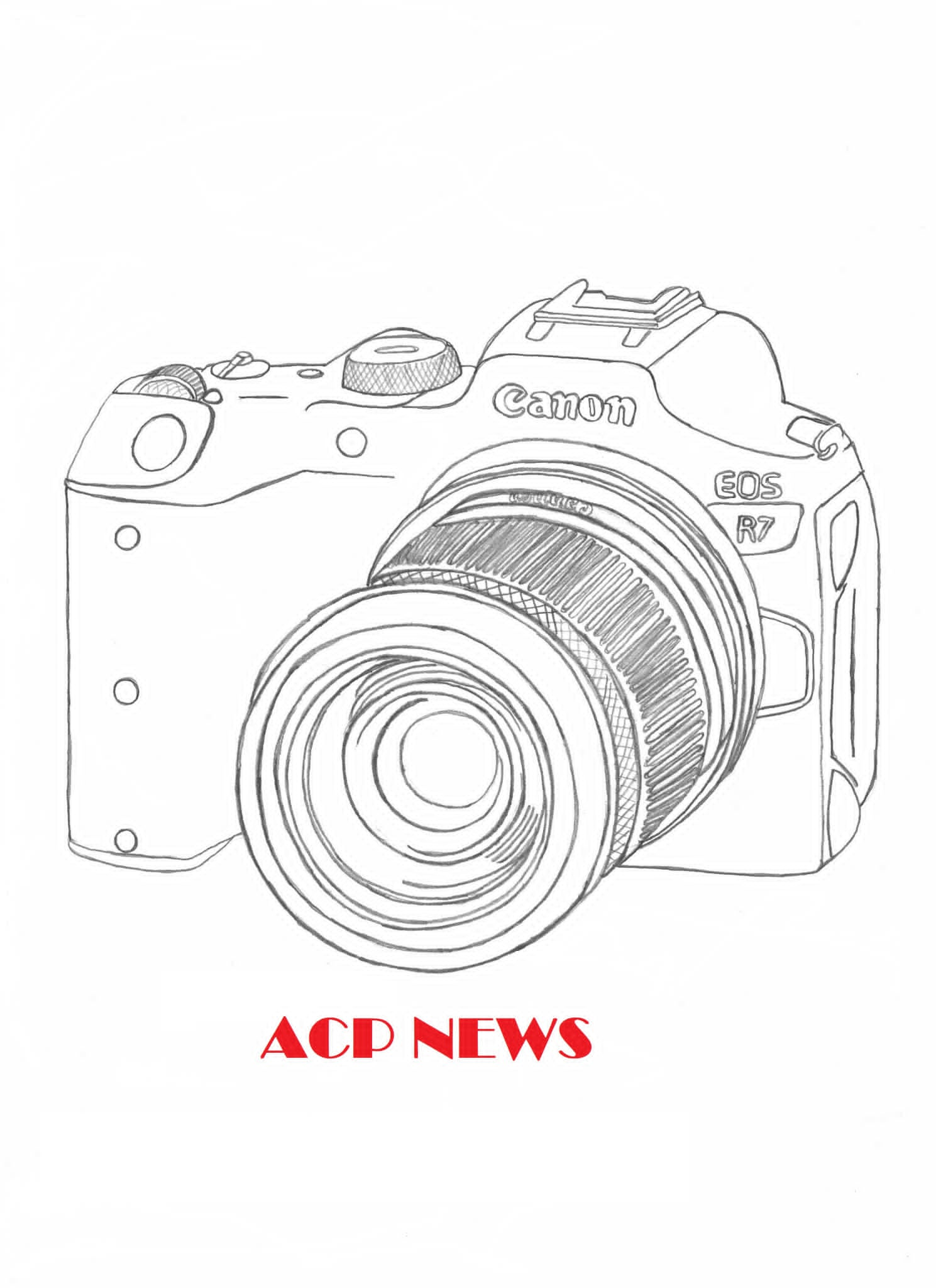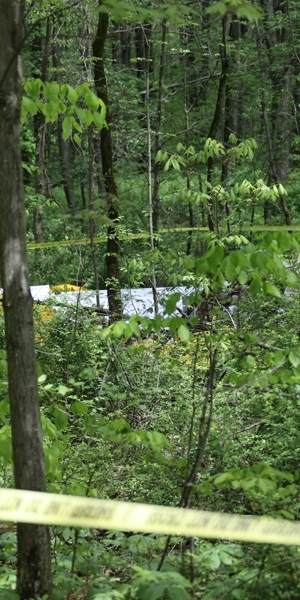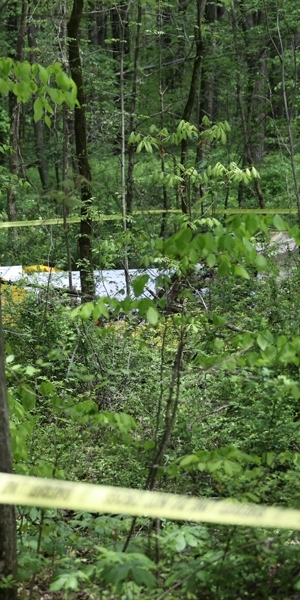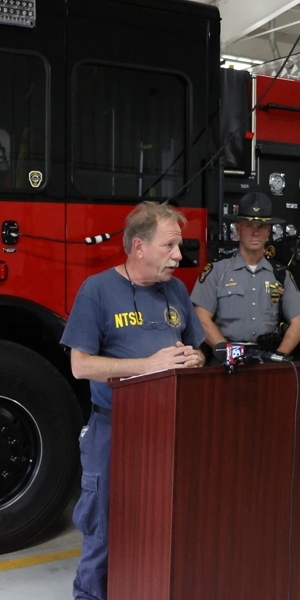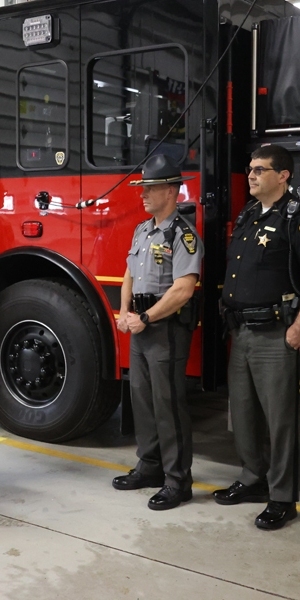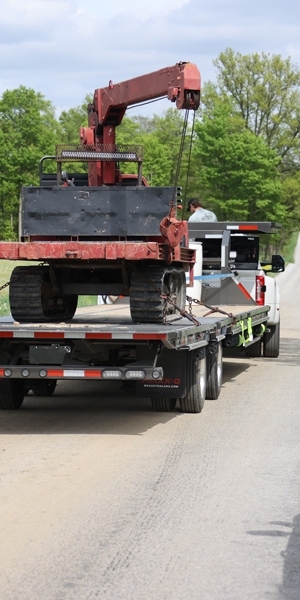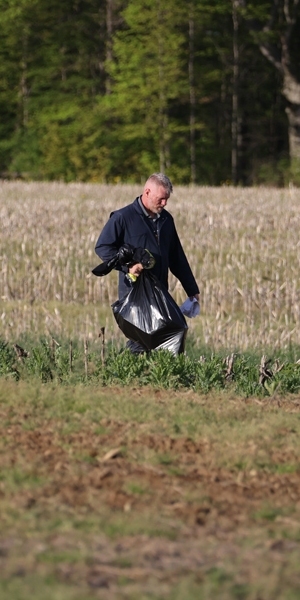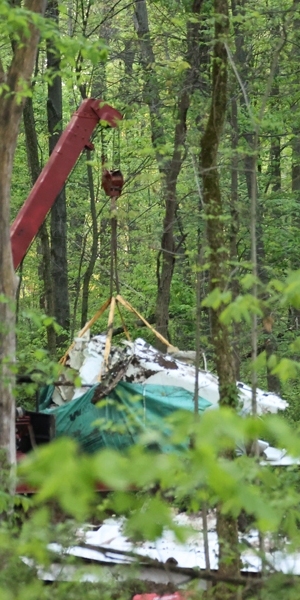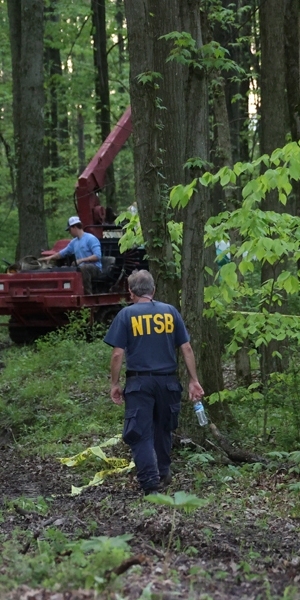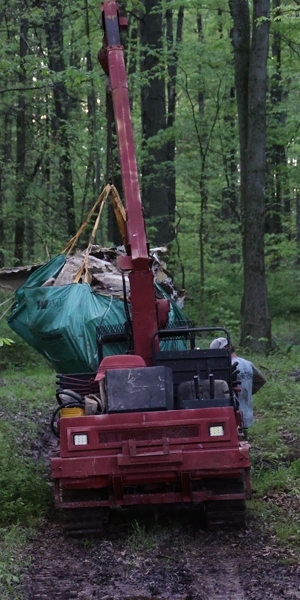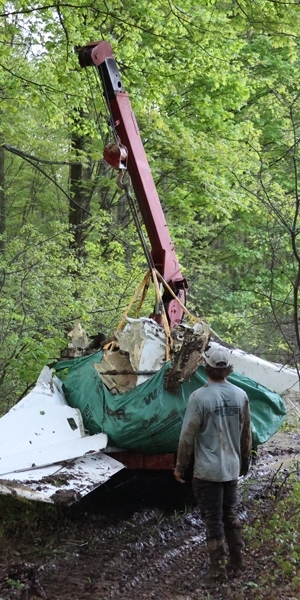NTSB Releases Preliminary Details in Fatal Plane Crash That Killed Indiana Pilot in Ashland County
ASHLAND COUNTY, OHIO – The National Transportation Safety Board (NTSB) is continuing its investigation into the fatal crash of a single-engine experimental aircraft that occurred on the evening of Sunday, May 5, in Jackson Township, Ashland County.
The Ashland Post of the Ohio State Highway Patrol responded to the scene at approximately 7:42 p.m., in the area of State Route 89 and Township Road 902, where the wreckage of the aircraft was located in a wooded area.
The aircraft, identified as N519EA, was an Express 2000 FT, a four-seat, kit-built plane registered in the experimental category. The pilot, 72-year-old Gary Wolfelt of West Lafayette, Indiana, was the sole occupant and was pronounced dead at the scene. His identity was confirmed by local authorities.
The crash site was secured with the assistance of multiple responding agencies, including the Ashland County Sheriff’s Office, Polk Jackson Perry Fire District, Ashland County Coroner’s Office, National Transportation Safety Board (NTSB), and the Federal Aviation Administration (FAA).
Federal Investigation Underway
Speaking to reporters near the scene, NTSB Investigator Todd Gunther provided the first official details about the crash and the agency’s ongoing analysis. Gunther began by expressing condolences to the victim’s family and thanking local responders and the Jackson Township community for their support.
According to Gunther, the aircraft struck the ground in a nose-down, rightward spin just short of a field, coming to rest after clipping a single tree. The composite fiberglass aircraft had no signs of in-flight structural failure, fire, or explosion. While the smell of aviation gasoline was present at the scene, no post-impact fire occurred. Both fuel caps were intact, and the fuel tanks are believed to have ruptured on impact.
Although the Emergency Locator Transmitter (ELT) was recovered from the wreckage, the Air Force Rescue Coordination Center reported that no distress signal was transmitted or received.
Pilot, Aircraft and Conditions
The Express 2000 FT is powered by a Continental IO-550 engine, a six-cylinder, 300-horsepower unit common in high-performance general aviation aircraft. Gunther noted that the aircraft was likely built from a kit, as is standard for the experimental category, and was equipped with flight controls across all three axes—roll, pitch, and yaw.
Investigators were able to confirm control continuity from the flight surfaces to the cockpit, a key factor in ruling out mechanical failure of the aircraft’s steering systems. “We have both ailerons, the elevator, and the rudder accounted for,” Gunther said.
Weather at the time of the crash was reported as rainy, and NTSB meteorologists are reviewing conditions to determine what role, if any, the weather may have played in the accident.
What Comes Next
As part of its comprehensive investigation, the NTSB will continue reviewing:
The pilot’s records, including flight history and medical certifications.
The aircraft’s maintenance records and airworthiness documentation.
Air traffic control data, including voice, radar, and ADS-B tracking.
The aircraft’s avionics systems, which may contain non-volatile memory that could help reconstruct performance data.
A 3D reconstruction of the aircraft’s flight path, which began at Lakefront Airport and ended in Ashland County.
Survival factors, including the effectiveness of seat restraints and how the aircraft structure responded to impact.
Gunther explained that a preliminary report outlining the known facts and conditions will be released publicly within 30 days at www.ntsb.gov. A more detailed factual report will follow over the next 12 to 18 months, with a final statement of probable cause issued by the five-member NTSB board appointed by the President of the United States.
Under the Sunshine Act, all investigative findings and documentation will be made public, including a docket of supporting materials such as photos, technical data, and analysis.
“If at any point in the investigation we identify a safety issue affecting pilots, aircraft, or the traveling public, we are empowered to issue safety recommendations immediately,” Gunther said.
The Ashland Post of the Ohio State Highway Patrol continues to lead the local investigation into the incident, with federal agencies working in coordination.
